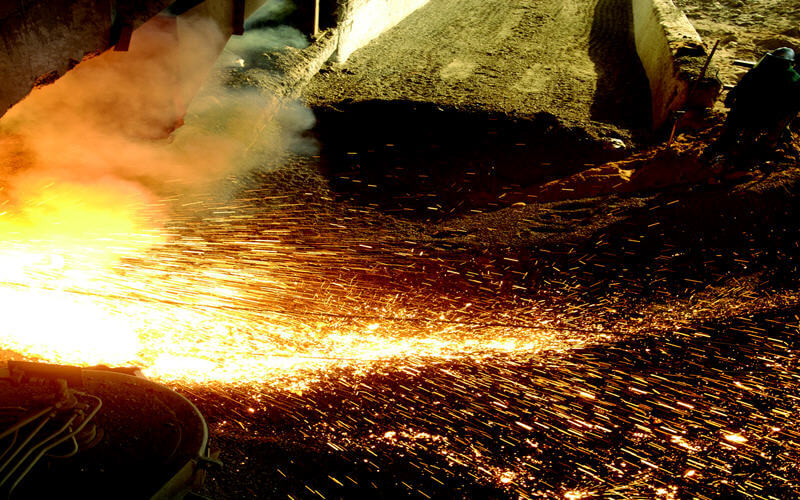
A good year for oil and metals trading has led Glencore to upgrade its full-year guidance for the division for the third time since January, even as production volumes at its mining operations fell.
In an update on Monday, Glencore said its trading business was now expected to earn between $2.6bn and $2.8bn, following a strong performance in the three months to September. The previous full-year guidance was $2.4-$2.7bn in August, and $2.1-$2.4bn at the start of the year.
While the company did not explain the exact cause of the improvement, a number of factors have moved in its favour. Chief executive Ivan Glasenberg said in August that higher prices were good for its metals trading operations as they increased arbitrage opportunities.
Prices of both copper and zinc, where Glencore is a major miner and trader, have rallied significantly in 2017. Copper is up almost 25 per cent since January and traded above $7,000 a tonne earlier this month for the first time in three years.
Zinc, where Glencore is the largest trader, has risen by a similar amount and hit a 10-year high above $3,300 a tonne at the beginning of October. However, Glencore has also cut its guidance on production of both metals, citing short-term factors including power problems, industrial action and bad weather.
Analysts at RBC Capital Markets said that while production volumes had disappointed, earnings per share were likely to have risen because of higher commodity prices: “As we mark actual third quarter commodity prices in our model, the production misses were completely offset and actually cause a slight uplift in EPS (earnings per share). The lower production, especially in coal and zinc, likely helped to support prices, and in turn has offset their impact,” said RBC.
Volumes at Glencore’s oil trading business have risen to more than 6m barrels a day, after deals with Russia’s state-backed oil company Rosneft and Iraqi Kurdistan.
There has also been a general recovery in commodity markets in the past two years — a slump in 2015 raised concerns about Glencore’s debt load, forcing it to deleverage and raise cash.
On Monday, its shares were trading flat at 367p, up more than 50 per cent in the past year and more than four times higher than at their nadir in September 2015, although they remain below the 530p issue price six years ago.
The company, which has its primary listing in London, is now preparing to delist in Hong Kong, according to people familiar with the company. Only 0.3 per cent of its shares are registered there.
When Glencore launched its $60bn IPO in 2011, Mr Glasenberg said a secondary listing in Hong Kong would help the company to build its profile in the region, where most of its biggest customers are based, and to attract cornerstone investors.
Since then it has also done a secondary listing in South Africa, where it plans to remain, to allow it to tap into demand from investors whose options for buying international stocks are limited by caps on foreign investments and foreign exchange controls.
Source: www.ft.com